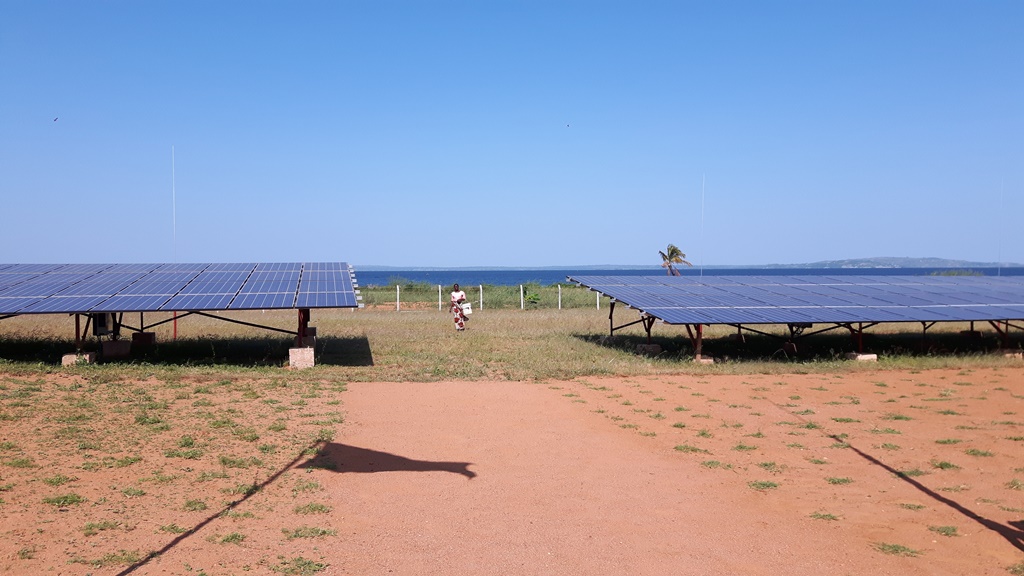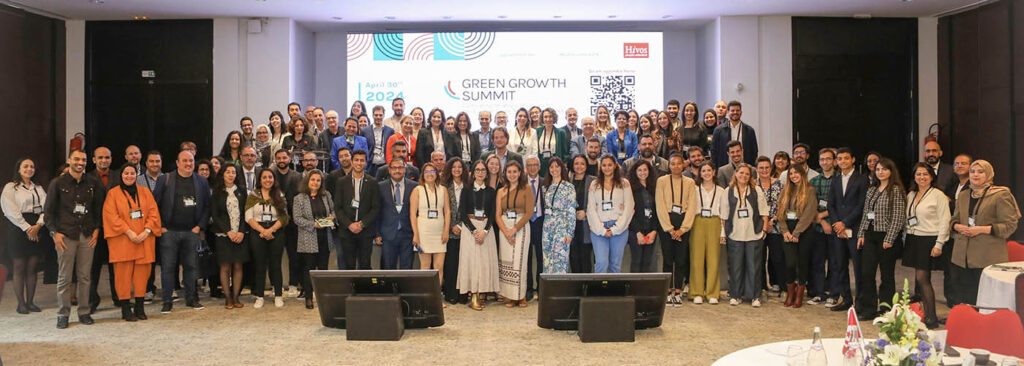Absent from the many headlines we regularly see in the media, is news about the millions of rural poor citizens spread across Africa, Asia and Latin America who still lack access to even the most basic energy services. This is unacceptable.
Most energy access investments not benefiting the poor
The World Bank, together with others, recently undertook a painstaking mapping study of the funding landscape for energy access. The published report shows exactly how much money governments spend domestically and internationally on ensuring everyone in this world gets access to affordable, reliable and modern energy services by 2030.
Their findings confirm what Hivos already published last year: the world doesn’t even invest half the money they should in creating energy access for all. Investments only go to a few countries and mostly to large-scale energy projects that will never provide energy access to the poor.
“Only a miniscule amount of financing commitments– 1 percent, or $200 million a year – went to more-affordable decentralised energy solutions, such as household solar systems, which hold great promise to deliver basic electricity more quickly and more affordably to vast, hard-to-reach rural populations.” (Energizing Finance)
Therefore, at Hivos, we decided to find experts working in the energy access sector who would be interested in experimenting with new approaches and prototyping concrete solutions to change the course of energy access. We approached governments, development banks, NGOs and the private sector with the guiding assumption that we will achieve universal energy access by 2030 and “leave no one behind”—that means including poor households and focusing on decentralised energy solutions (DRE) to reach poor communities in remote areas.
Our research reveals the real story
Our extensive desk research and interviews with 15 experts working on energy access revealed another reality however:
- No coherent strategies to get to universal access by 2030! While some governments have set out goals for 2030, most donors and recipient governments do not have effective and coherent strategies for really achieving them.
- The market will fix it! Or will it? With regard to household electrification and decentralised renewable energy solutions (DRE), most programmes are focusing on private sector support and define results in terms of market development only, while a much more comprehensive approach is needed.
- DRE companies don’t get what they need and won’t reach the last mile! There are more mini-grid and solar companies and great innovations such as PAYGO, but progress is not fast enough. In general there is a mismatch between the finance companies delivering solar installations, mini grids, etc., the DRE companies’ needs and the resources that are actually available. Companies told us that going through development banks is too slow, the chunks of are money too big, and that the programmes are too short term and inflexible. The second issue is that companies cannot make high enough profit margins with products for low-income households, so they target higher-income households.
- “Leave no one behind” – Development Banks are not set up for this! Low-income households and rural areas further afield, where market-based approaches alone will not deliver, are not a priority. The whole current setup and thinking of development banks doesn’t work with the small-scale decentralised energy solutions that are so vital to achieving SDG7. These projects are considered too small, too much work and have too little return on their investment. Development banks need to keep their credit ratings, have little staff, need to push large chunks of financing out of the door and are expected to show results on a grand scale.
- We love our silos! Despite all the evidence on mutual benefits, there is little cooperation and coordination by development banks or national governments with sectors such as agriculture, education or health, where energy access is a key driver.
- Not our fault! – Donors say governments don’t create the right policy environments and projects are too low quality to get funding, whereas governments and the private sector say that there is no funding available. If it is available, it always goes to the same “safe bet” companies.
Despite all of the clear evidence demonstrating that the current approaches will not provide universal energy access by 2030, most people we spoke to didn’t see an urgent need for change.
Universal energy access is a human right
While our research was limited, we know there are changemakers out there who believe—like us—that universal energy access is not only “nice to have”, but is a fundamental human right and an essential driver of poverty alleviation. Significant populations cannot be reached by market-based interventions alone. Different approaches are needed, such as a non-profit approach including monetising co-benefits (e.g. health) to serve the extreme poor, a cost-recovery approach for the subsistence market segment, and a commercial approach targeting the upper low-income market.
We invite changemakers from all sectors to co-create solutions
To determine how these approaches can look and what role governments, donors, the private sector and civil society need to play, we invite all changemakers from across all sectors and issue areas out there to join us on a journey to co-create solutions using social innovation lab technologies!
This journey needs courage as the outcomes cannot be predicted in advance, as they will be rooted in deep connections and personal change. The most effective way to create social change is to change the conscience that shapes our systems. Be part of it here!




